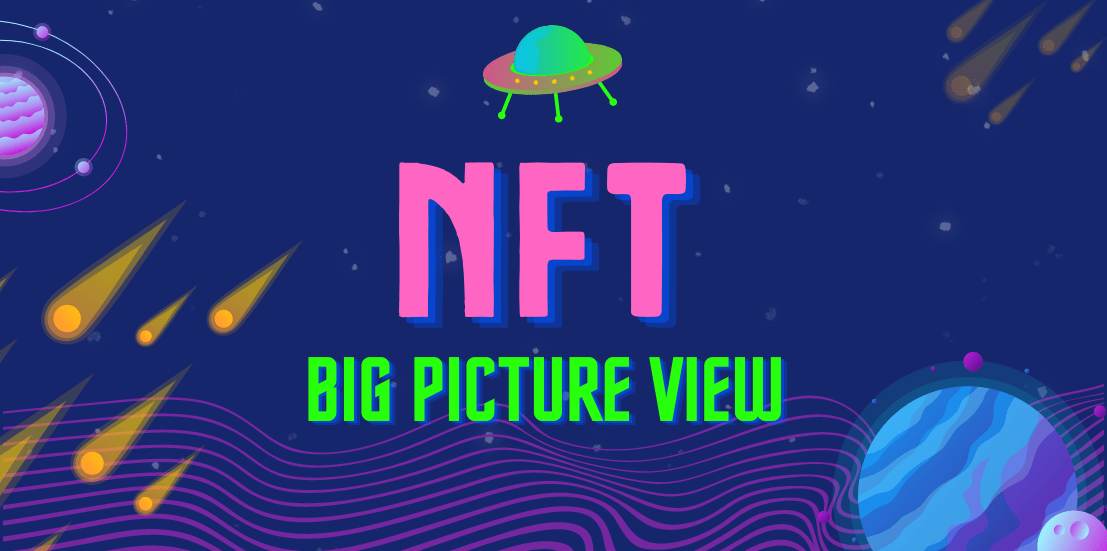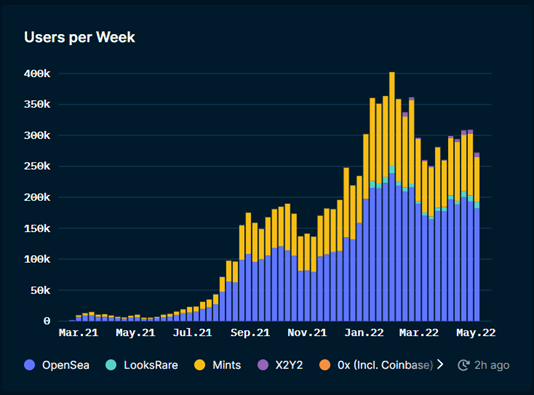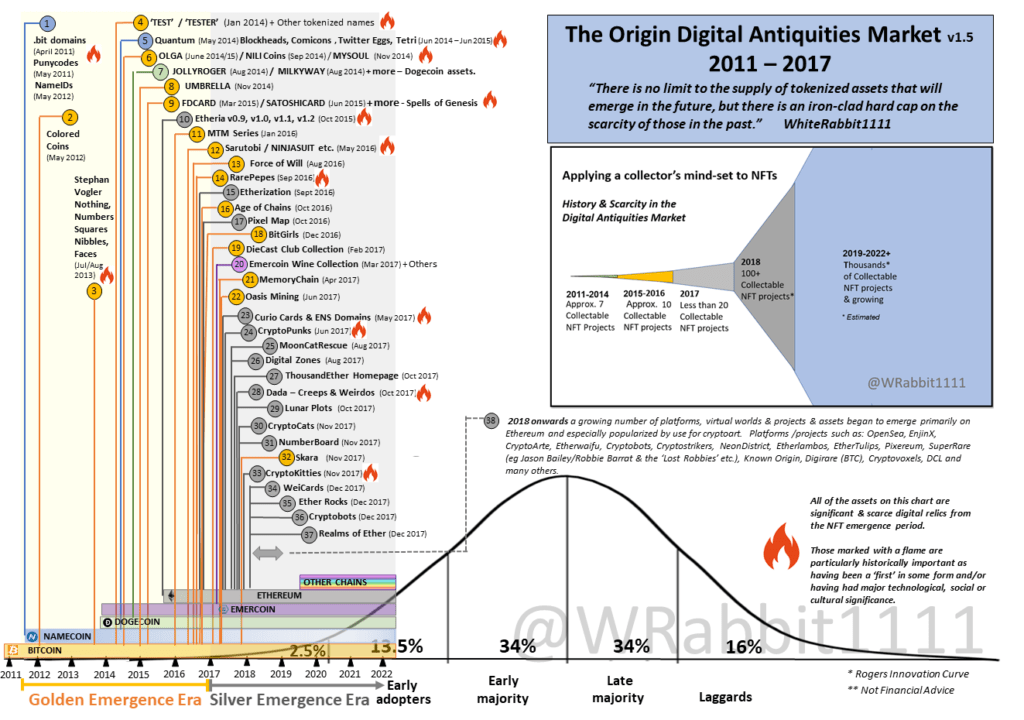As the cryptocurrency bear market ensues, NFTs have also experienced dramatic drawdowns. The Bored Ape Yacht Club floor is down 30% from their ATH, and Moonbirds is down 50%. $APE has crashed 77% since ‘The Otherside’ mint, from its peak of $26 down to $5.84. While many think that NFT drawdowns come as a result of the bear market in the equities and crypto sector, at times like this, it is important to remember that price volatility is the nature of the crypto industry. This article aims to zoom out and look at the bigger picture of what the future of NFT might hold.
NFT Market Growth
NFT market saw extraordinary growth in 2021. If there was minimal action a year ago, now we can see a steady weekly trading volume increase, with 250K ETH traded every week since Aug-21, according to Nansen.ai
Figure 1: NFT market size
To confirm that these are not the same group of people trading between themselves, we have seen massive growth in the number of users. For example, the number of weekly users for OpenSea grew from 47k in Aug-21 to 182k in May-22.
Figure 2: Users per week
Coinbase has recently launched its NFT marketplace. Instagram is testing NFT integration, and I’m sure we will see many more new marketplaces launching in the coming months. We could argue that centralized platforms adopting NFT is not the way to an open metaverse; however, it’s still a clear indicator of where the market is going. More importantly, NFTs are more than just pretty pictures on your phone, digital art or a PFP. This concept presents a much deeper idea technically as well as socially. Let’s first look at the former.
Technical idea
The technical, more profound idea is that blockchain, the underlying technology that NFTs are built on, has solved a significant problem in distributed systems and computer science. The problem of how people who don’t know and trust each other can coordinate and agree on a set of facts.
The implication of this is that we now have a way to store a set of information that is not in a database. We know that modern society runs on databases. How much money do we have in our bank account? What did we buy in a grocery shop? Which hotel do we check in at? Thousands of databases connected to the internet organize our everyday life.
It is something that’s happened in the last 50 years. Before widespread computers and the internet, this was not as important a part of human society. Now, it is integral for running any modern society. We take it for granted as completely obvious because it’s the only way to do it. I am old enough to remember the days without a computer, the internet, or a smartphone. Still, now I can hardly imagine my life without it. And what that means is that there are thousands of TTP (trusted third parties) around us. People who we are, in effect, trusting as a counterparty for some set of information. Blockchain eliminates this.
Social idea
NFTs present a moment of crypto consumerization. It is well-known that technology becomes consumerized when you stop talking about it. For example, Instagram uses Python, machine learning, cloud computing, routers, and servers. But no one has ever said, hey, you should use this cool Instagram app; it uses Python. That’s not how consumer technology works. And that is because technology isn’t interesting to most people – technology is interesting to meet human needs.
The second aspect of this consumerization moment is that every organization on the planet has an incentive to mint an NFT. NFTs can represent anything and everything, including Dolce Gabbana dresses, Nike sneakers, and Ray-Ban sunglasses. And all of these companies have incredible brand equity and a customer base. With NFTs, they can monetize that with a ~90% gross margin product.
Figure 3: NFT adoption curve by @WRabbit1111
We will have every single fashion lifestyle company showing NFTs in the coming months and years. It will then roll over to the consumer-packaged goods companies. You’ll have a QR code on your six-pack of Coke. You’ll scratch that, and you’ll get an NFT. Why? Because then they can directly airdrop you a coupon for the two to one sale. Universities will do it for their alumni base. Sports teams will do it for their fans.
Eventually, you’ll be in the local barbecue pit masters club, and you will get the barbecue master of the month NFT. Everyone is coming. Over a decade, everyone is going to have many, many NFTs.
The point here is that a society with television is different from a society without television. And a society with the internet is different from society without the internet. Society itself changes when you have Twitter, Facebook, Tinder and Uber. The way people communicate and do business changes fundamentally. Society will change because we now have permissionless innovation with digital cultural objects.
What’s next?
The metaverse becomes epically compelling when you put those two things together – the open source, trustless rails to store and transfer digital cultural objects. This is the part where people say – “I’m not going to wear those glasses”. Just like you’re not going to get a smartphone. Just like you’re not going to use Google, Twitter, and email. We use all these devices and platforms because it is hugely convenient. It makes us more productive; it increases our efficiency; it fires our dopamine levels.
The metaverse won’t be like another Facebook or Instagram in the decade ahead. It will be everywhere around us and infinity times better – photorealistic, mixed with augmented reality, with all these cool features to better our everyday lives. And since we’re inevitably going to live in this world, the most important discussion we should be having is how this world should be architected?
It’s time to build, my friends, and the time to build is now.





